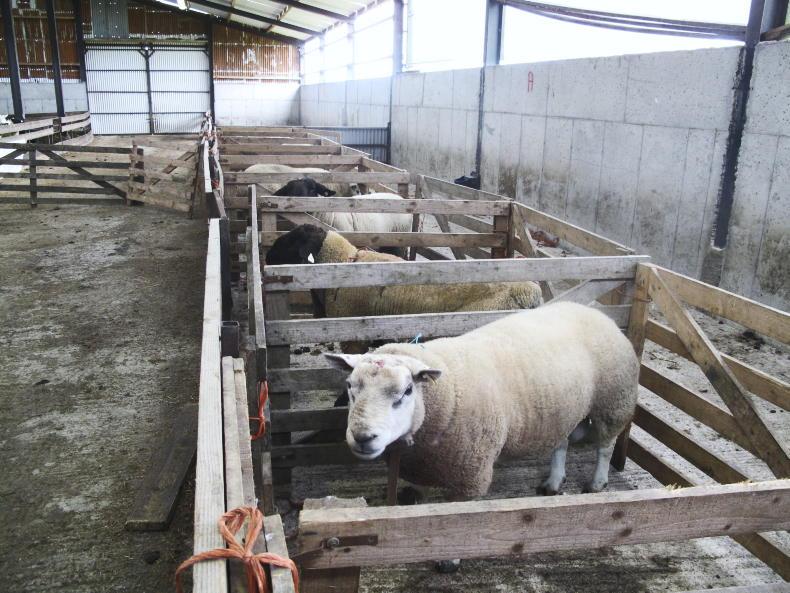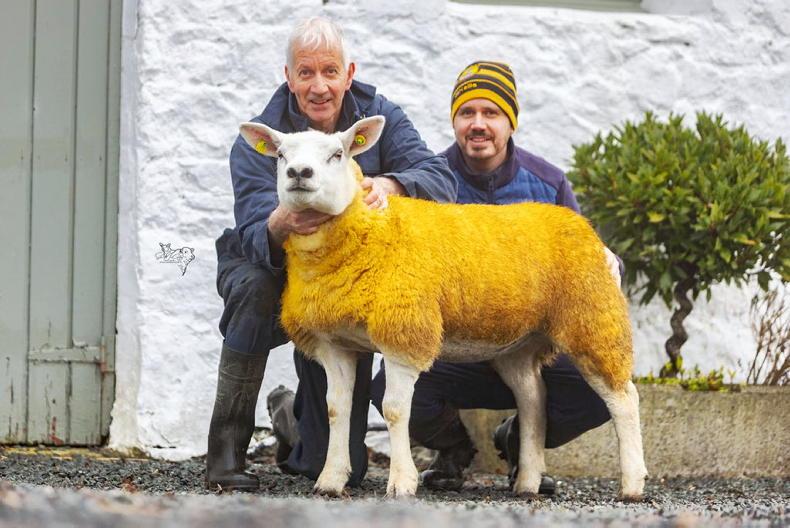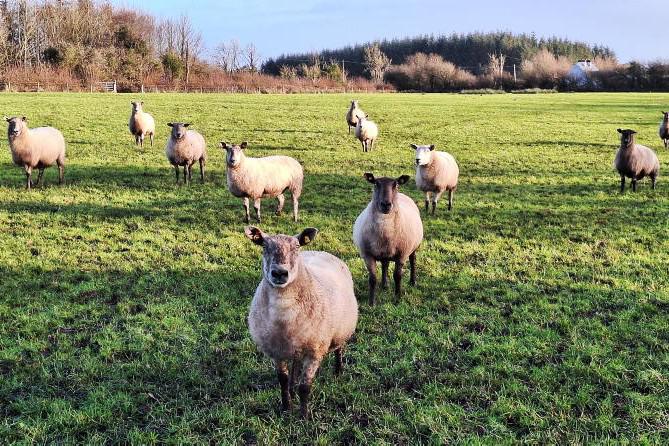Schmallenberg virus
Last week’s mention of Schmallenberg virus appearing in early lambing flocks has generated a significant increase in reports. The reports are from flocks right across the country and are generally unconfirmed by labs, with farmers slow to send lambs for postmortem. The virus is spread by biting midges and does not spread animal to animal. This is the reason for its sporadic incidence within flocks or regions.
The high risk period for the spread of the virus is during the vector season, which is normally April to November in Ireland and Northern Ireland. The most susceptible time for infected animals to pass the virus through to a foetus is during months three and four in cattle and during month two in sheep. This is the reason for its incidence in early lambing flocks, with the hope that most mid-season flocks will miss out by virtue of later breeding and lower midge activity. However, this could be influenced by climatic conditions and last year’s milder conditions. If biting midges bite pregnant animals during the high risk window it can cause the birth of malformed offspring or abortion. The malformations include animals born with fixed joints (will not bend as normal) or bent limbs or marked damage to the spinal cord. These offspring are generally stillborn or die shortly after death, with the virus differing to other abortion-causing illnesses that can result in the birth of mummified or decomposing foetuses.
Reports from previous incidence also show that it is common for twin-bearing ewes to give birth to one healthy and one infected lamb. Animals can also be born and appear relatively free of physical malformations, but can suffer from brain deformities or complications within their nervous system. Where there is an incidence in the flock then all that can be done is to adopt greater supervision and to possibly intervene quicker where you think there may be lambing complications.
SIS inspections
Reports indicate the Department of Agriculture is currently writing to some farmers requesting them to send in their completed scheme action booklet for year two (2024) of the Sheep Improvement Scheme (SIS). Any relevant supporting documentation such as receipts for mineral supplements or scanning contractor invoices, for example, also need to be furnished.
Farmers should ensure that records are completed correctly in accordance with the terms and conditions and that the number of sheep recorded under chosen measures corresponds with the scheme reference number. As touched on a few weeks ago, a guide to help farmers in completing the SIS action booklet can be found online at www.gov.ie/en/service/98a53-sheep-improvement-scheme/.
Failure to submit the required documentation will result in the year two 15% balancing payment not being paid, along with potential penalties. Contact your adviser or the Department contact listed on the letter if unsure about anything.
Sheep census
For farmers returning the Department of Agriculture’s annual sheep and goat census by post the deadline is fast approaching. Applications must be posted so that they reach the destination by the deadline of 31 January 2025. Online submission of the sheep census is possible up until 14 February 2025 via your agfood.ie account, or via the Animal Identification and Movement services app. The date of the census was 31 December 2024.










SHARING OPTIONS